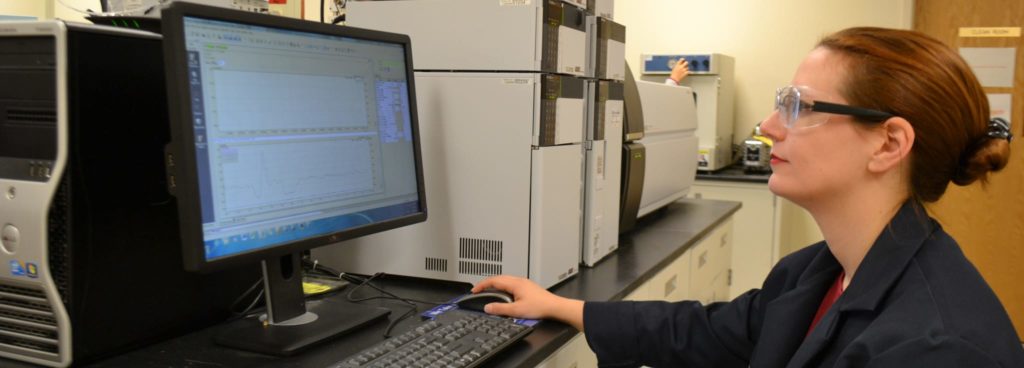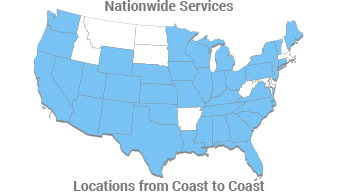- Home
- Services/IndustriesServicesindustries
- About Us
- LocationsStatesAccordion ContentAccordion ContentAccordion ContentAccordion Content
- Job Openings
- Quick Links
- ATS Family

Phthalate BPA Testing — Regulations and Standards
Phthalates
ATS is a CPSC accredited lab that performs Phthalate BPA Testing along with a wide variety of other regulatory tests that help ensure products are safe for the marketplace.
Phthalates, or phthalate esters, are mainly used as plasticizers, substances added to plastics to increase their flexibility and durability. Phthalates are used in many products: adhesives and glues, agricultural products, building materials, medical devices, pharmaceuticals, food products, textiles, caulk, shower curtains, vinyl upholstery, floor tiles, food containers and wrappers, cleaning materials, detergents, perfumes, cosmetics, nail polish, liquid soap, hairspray, packaging, paints, paint pigments, printing inks, coatings and children’s toys.
Bisphenol A
Section 108 of the CPSIA specifies that as of February 10, 2009, “it shall be unlawful for any person to manufacture for sale, offer for sale, distribute in commerce, or import into the United States any children’s toy or child care article that contains concentrations of more than 0.1 percent of DEHP, DBP, or BBP and “it shall be unlawful for any person to manufacture for sale, offer for sale, distribute in commerce, or import into the United States any children’s toy that can be placed in a child’s mouth or child care article that contains concentrations of more than 0.1 percent of phthalate compounds ” DINP, DIDP, DnOP.
A Bisphenol A (BPA) is a chemical compound used to make plastics and is used in some plastic additives. Bisphenol A’s primary use is in the manufacture of plastics (primarily epoxy resins and polycarbonate).
Suspected of being hazardous to humans, reports began circulating in 2008 regarding consumer concerns regarding the use of BPA, particularly in infant bottles and food and beverage containers. In response, retailers removed suspect products from sale and the industry responded by supply polycarbonate alternatives to alleviate consumer fears.
Senator Charles Schumer (D–N.Y.) introduced legislation that would ban Bisphenol A from infants products, and on March 13 leaders from the House and Senate followed suit with proposals to ban Bisphenol A from some consumer products and toys.

Request Form
"*" indicates required fields
